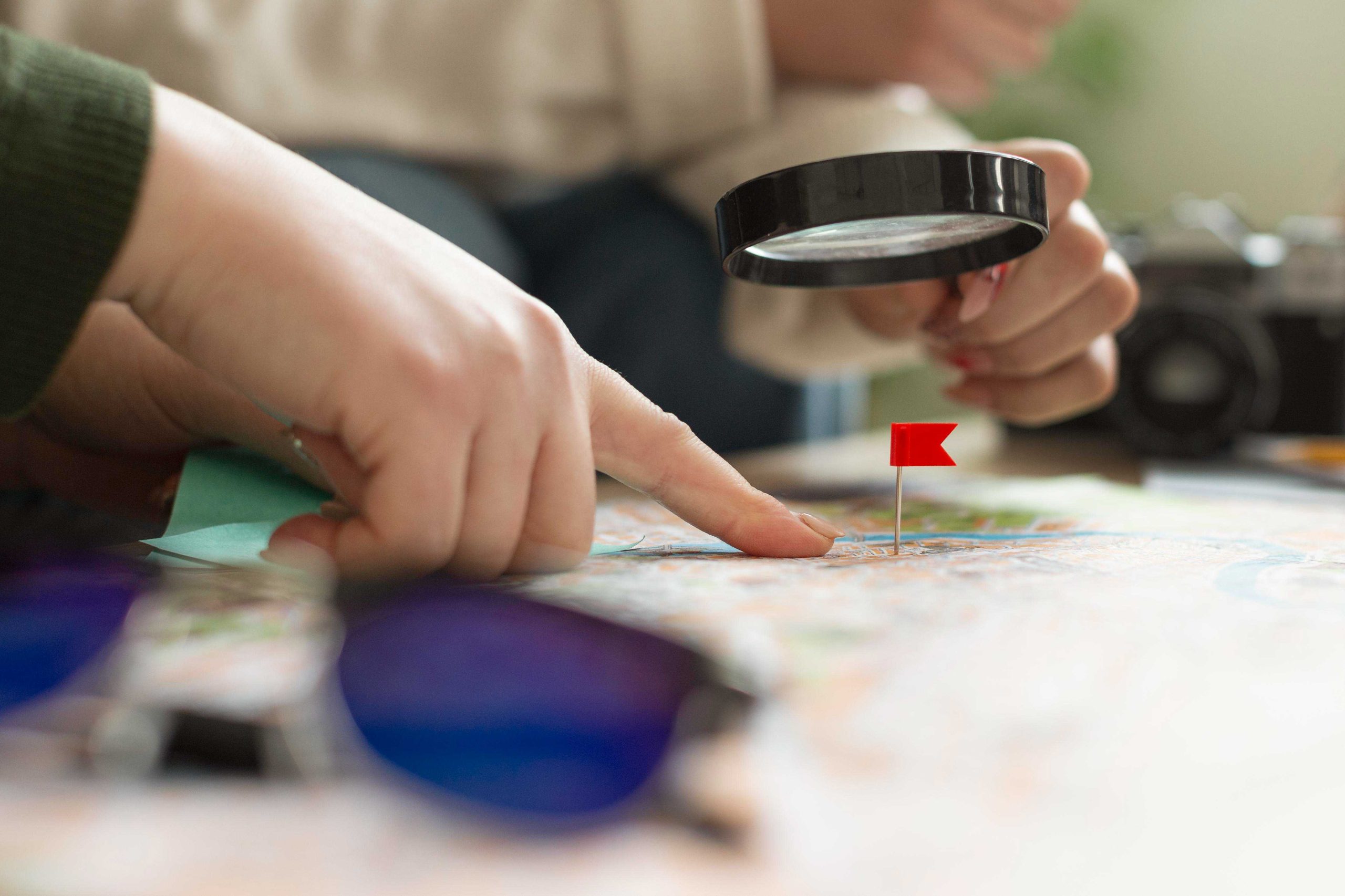
Unleashing Creative Potential: The Power of Art Education in Preschool
As parents and educators, we aspire for our preschoolers to excel in various aspects of life. We aim for them to be creative, imaginative, and capable of thinking outside the box. Art education emerges as a crucial facet of preschool learning, offering myriad benefits for our young learners. In this article, we delve into the potency of art education in preschool and its profound impacts on cognitive, social, and emotional development.
Art Education and Cognitive Development
Art education in preschool fosters cognitive development in children by stimulating critical thinking and problem-solving skills. Engaging in art activities encourages preschoolers to experiment with diverse materials, exploring an array of textures, colors, and shapes. Additionally, it aids in refining fine motor skills and hand-eye coordination, pivotal for mastering handwriting and other academic endeavors.
Moreover, art education provides avenues for preschoolers to enhance spatial reasoning abilities. Through drawing, painting, and crafting, they grasp concepts of spatial relationships, proportion, and perspective, skills transferrable to daily tasks like organizing spaces or packing backpacks.
Art Education and Social Development
Art education significantly contributes to the social development of preschoolers. Participation in art activities cultivates effective communication of thoughts and ideas. It enables children to express themselves through varied mediums, nurturing communication skills. Collaborative art endeavors facilitate teamwork, fostering social bonds among peers.
Furthermore, art education nurtures empathy and appreciation for others’ perspectives. As children engage in artistic expression, they learn to respect diverse styles and preferences, vital for nurturing positive relationships and navigating social interactions.
Art Education and Emotional Development
Art education serves as a powerful tool for nurturing emotional development in preschoolers. Through artistic expression, children can articulate emotions in a safe and creative manner. Art allows them to convey feelings, fears, and hopes, fostering emotional literacy and self-awareness.
Additionally, art education instills a sense of achievement and pride in children. Creating art bolsters self-esteem, transcending into other domains of their lives, including academic and personal pursuits.
Fostering Creativity and Imagination
Art education in preschool ignites creativity and imagination, pivotal for holistic development. Preschoolers, in their receptive age, explore diverse experiences and ideas through artistic engagement. By partaking in artistic activities, they learn to express themselves creatively, nurturing imagination.
Through experimentation with colors, textures, and shapes, children learn to innovate, enhancing creative thinking and problem-solving abilities.
Enhancing Motor Skills
Art education contributes to the refinement of motor skills in preschoolers. Activities like drawing, painting, and sculpting necessitate the use of fine motor skills, enhancing coordination of hand and finger muscles.
By honing fine motor skills through art education, preschoolers bolster overall physical development, aiding tasks like writing, typing, and tool usage.
Nurturing Social and Emotional Development
Art education positively impacts social and emotional development in preschoolers. Through artistic expression, children learn to articulate emotions and develop social skills.
Providing a supportive environment, art education encourages exploration of feelings, fostering healthy emotional expression.
According to the National Association for the Education of Young Children (2013), art education facilitates social and emotional skill development through collaboration, communication, and self-expression. Collaborative art projects nurture effective teamwork and problem-solving skills.
Overcoming Barriers to Art Education in Preschool
Despite the myriad benefits, several barriers hinder preschoolers’ access to art education. Insufficient resources and funding impede the provision of adequate materials and programs. Additionally, lack of educator training and awareness pose challenges to effective art education implementation.
To surmount these barriers, it’s imperative to allocate adequate resources and training for educators. Raising awareness about the significance of art education is pivotal in promoting holistic development in preschoolers.
Integrating Art Education into Early Childhood Curriculum
Integration of art education into early childhood curriculum maximizes its benefits. Incorporating art across subjects fosters interdisciplinary learning, nurturing creative thinking.
Dedicated art classes provide preschoolers with opportunities for creative expression and skill development. Such initiatives promote social interaction and emotional growth.
Resources for Art Education in Preschool
1. National Association for the Education of Young Children (NAEYC) – Offers resources for educators and parents, including articles and webinars on preschool art education.
2. The Artful Parent – Provides art activities and tips for parents and educators to incorporate art into preschoolers’ daily lives.
3. The National Art Education Association (NAEA) – Offers articles, lesson plans, and professional development opportunities for art educators.
4. Early Childhood News – Provides articles and practical tips for early childhood educators on integrating art into the curriculum.
Disclaimer
While art education offers numerous benefits, it’s essential to recognize that it’s not a singular solution to all developmental challenges. Art education should complement a holistic approach to early childhood education.


